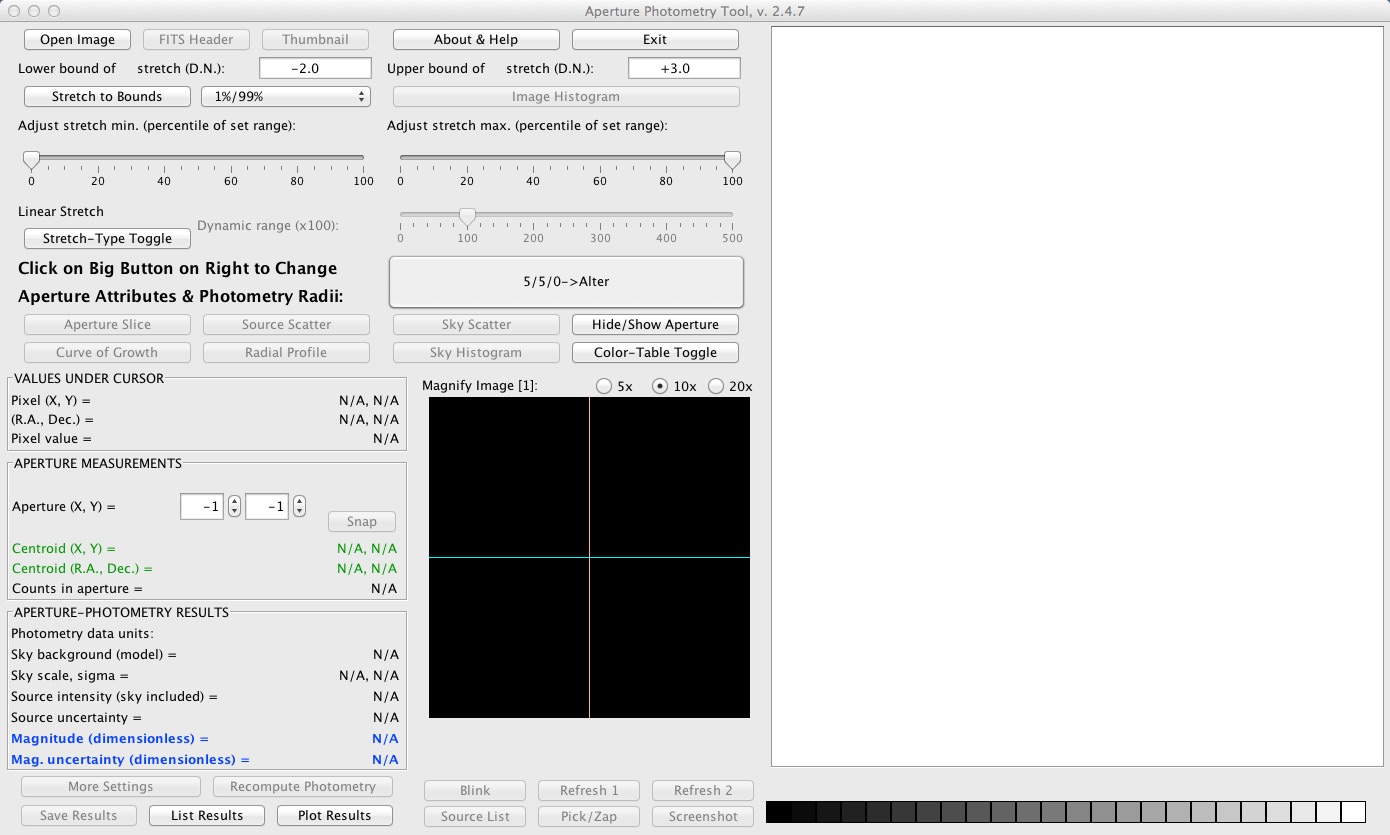

Then I've got a tool from a friend, with it since May I was able to make 4x30s images at Polaris Observatory, Budapest. I started with "bare foot" DSLR photometry (8x5s stacked images with 75mm focus and 14x2s with 300mm focus) with my Canon EOS1000D + a 75-300 zoom objective in January 2011. You may find that some targets/projects are not easily done, but there shold be many other targets within your reach. how long can you expose, and how well can you calibrate for dark current/thermal noise? what field of view coverage do you want? (what focal length do you need?)


what star profile size is necessary for good photometry with a Bayer array camera? (do you have to intentionally defocus?) Point to ponder (since I have some scopes here with BVRI filter sets, and some with Sloan g'r'i'z' filters): If single-shot color cameras and DSLR's have some filters that are not close to B V R I.but are perhaps closer to Sloan g' r' i' z'.perhaps some of the transforms should be to Sloan? (My understanding is that the green channel is pretty close to V, but blue and red.maybe they are a better match for Sloan g' and i'?)Īnd then you must use the single-shot camera with a camera lens/refractor/other optical tube assembly: use transformation coefficients to put your data on a standard system of some sort.Īs you learn and master your rig, you can better take advantage of its strengths, and avoid/minimize its weaknesses. how well does each filter match various standards? This level of performance may be very difficult for 14-bit systems, and impossible for 12 (and 8) bit systems.Įvery filter needs to be tested and charaterized: (I love my 16-bit CCD's.I can use comparison stars and targets that are up to four magnitudes different.and still get decent results. range over which it's linear (or ways to linearize the data if the detector is not linear over a large range of pixel values) Every camera needs to be tested and characterized: (If a single-shot camera landed in my lap and I wanted to use it for photometry.)


 0 kommentar(er)
0 kommentar(er)
